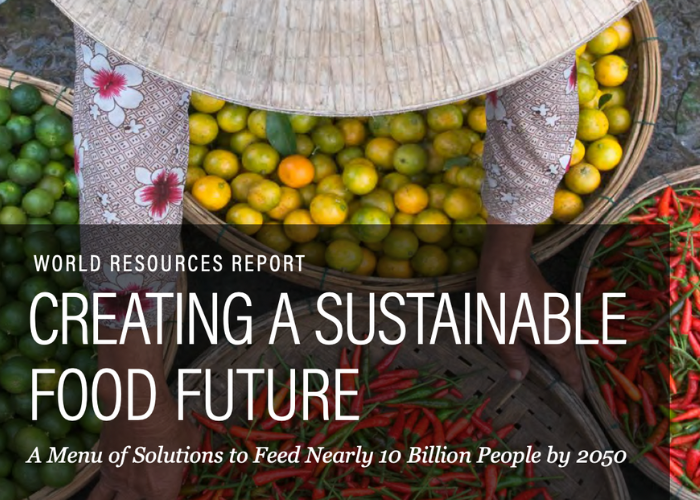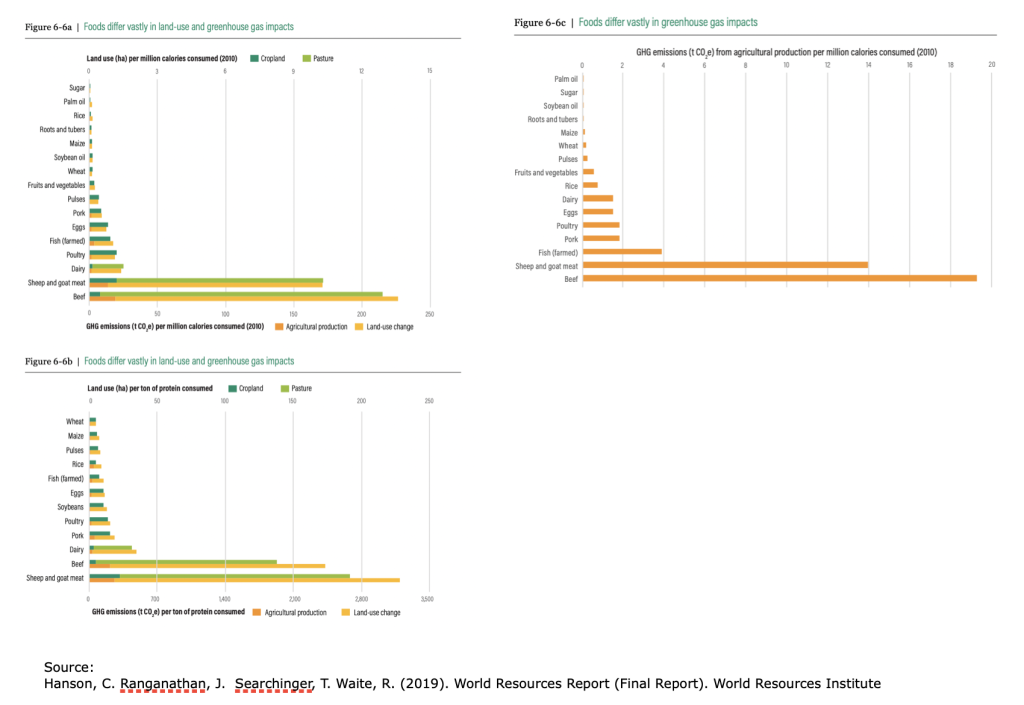Analysis of the World Resources ReportBY DANE STONE
- 28 February 2023
- Posted by: Competere
- Categories: Commodities, highlights, News, Sustainable Nutrition

The world faces many challenges in the 21st century. Chief among these is our dwindling supply of natural resources which has been exacerbated by climate change. The World Resource Institute has compiled a report detailing the issues facing global resources and many solutions to tackle them. Three forces are at work, addressing the food supply, poverty reductions, and protecting the environment. Finding a way to achieve all three is a gargantuan task that will require immense human collaboration.
THREE GAPS
Firstly, the report discusses three gaps that must be met: the food gap, the agricultural land gap, and the greenhouse gas mitigation gap. The food gap simply means the difference between the number of calories the world currently produces and the number we will need to feed the population in 2050. As of 2010 (On which all data from this report is based) the world produced 13.1 Trillion calories yearly, however, this will need to grow by 56% to 20.5 Trillion calories. This gap is a big problem that must be tackled in order to feed the expected population of 9.8 Billion humans in 2050. Next, the land gap is the expected increase in land used for agricultural purposes by 2050. The goal is to not increase agricultural land at all, and yet there is expected to be a 593 Million hectares increase in land converted for agricultural use. Lastly, we must ensure that the greenhouse gas emissions from the agricultural industry decrease by two-thirds. This is especially difficult given that they are expected to increase by 25%.
A MENU OF SOLUTIONS
These massive problems require many solutions both large and small. The World Resource Institute gives a menu of solutions that are quite lengthy. Our analysis however has boiled them down to a handful of core components.
One goal that the report outlines, is a decrease in ruminant animal consumption. Ruminant animals meaning cows, sheep, and goats, are incredibly resource-consuming animals. For example, nearly a third of all agricultural emissions come from beef production alone despite beef only making up about 5.6% of calories produced. A major step we can take to help our resource situation is switching to more plant-based diets.
Another big step we will need to take in improving our soil and water management. Globally, the world has an enormous issue with soil degradation which is where soil loses its nutrients because of so many years of farming on that land. According to the United Nations, about 33% of the global land area is affected by soil degradation. The main drivers of soil degradation are a lack of crop rotation (changing outcrops each season which helps replenish the soil) and the overuse of fertilizer and pesticides. As much as 60% of agricultural land is currently being degraded to intensive agriculture. Reducing our use of harmful fertilizers and pesticides would help this issue immensely.
Thirdly, there is the initiative to help reforest unproductive agricultural lands. Many previously natural lands that were cleared for agricultural use aren’t exceptionally productive at agriculture anyway. Given the nature of how especially dense forests reuse organic material quickly, their soil isn’t very fertile. As such, these lands aren’t very productive for agriculture anyway. Humanity would be better off concentrating resources on efficiency gains in areas where agriculture is already most suited (another point the report points out).
Next, reducing food waste will help alleviate the extra amount we need to grow to meet future population demands. The report cites that in 2009, one-third of all food produced was lost due to waste. The report also highlights what stages of the food production process waste comes from. In developed countries, a lot of focus has been given to waste at the consumption end of food production. However, the bulk of food waste comes from the production and handling/storage steps in developing and underdeveloped countries. If wealthy countries can help developing countries reduce this waste during initial production and transportation steps, global food waste would significantly decrease. Food waste is an issue that humanity must look at with optimism as we can solve it more easily than other resource issues, just with the political and economic will to do so.
The final main point we would like to highlight is focusing on how renewable energy can help the agricultural sector. Helping switch farm operations and fertilizer production away from fossil fuels and towards wind, solar, and other renewable energy solutions would greatly reduce carbon emissions from the agricultural sector. Innovated techniques such as installing solar panels over irrigation canals and reservoirs not only increase our green energy consumption but reduces water loss due to evaporation. Innovative and unconventional solutions like this can help us ensure the green transition also applies to the food on our plates.
This report gives many more solutions besides the five mentioned above, but these are some of the most important ones for reducing the resource crisis. With a conscious effort and continued willpower, humanity can evert the crisis and manage to feed the world and commit to our environmental goals. We at Competere encourage you to read more of the report if you have the time.
To illustrate some of the useful graphics the report has to offer we’ve included these two that show the caloric efficiency of certain crops:


